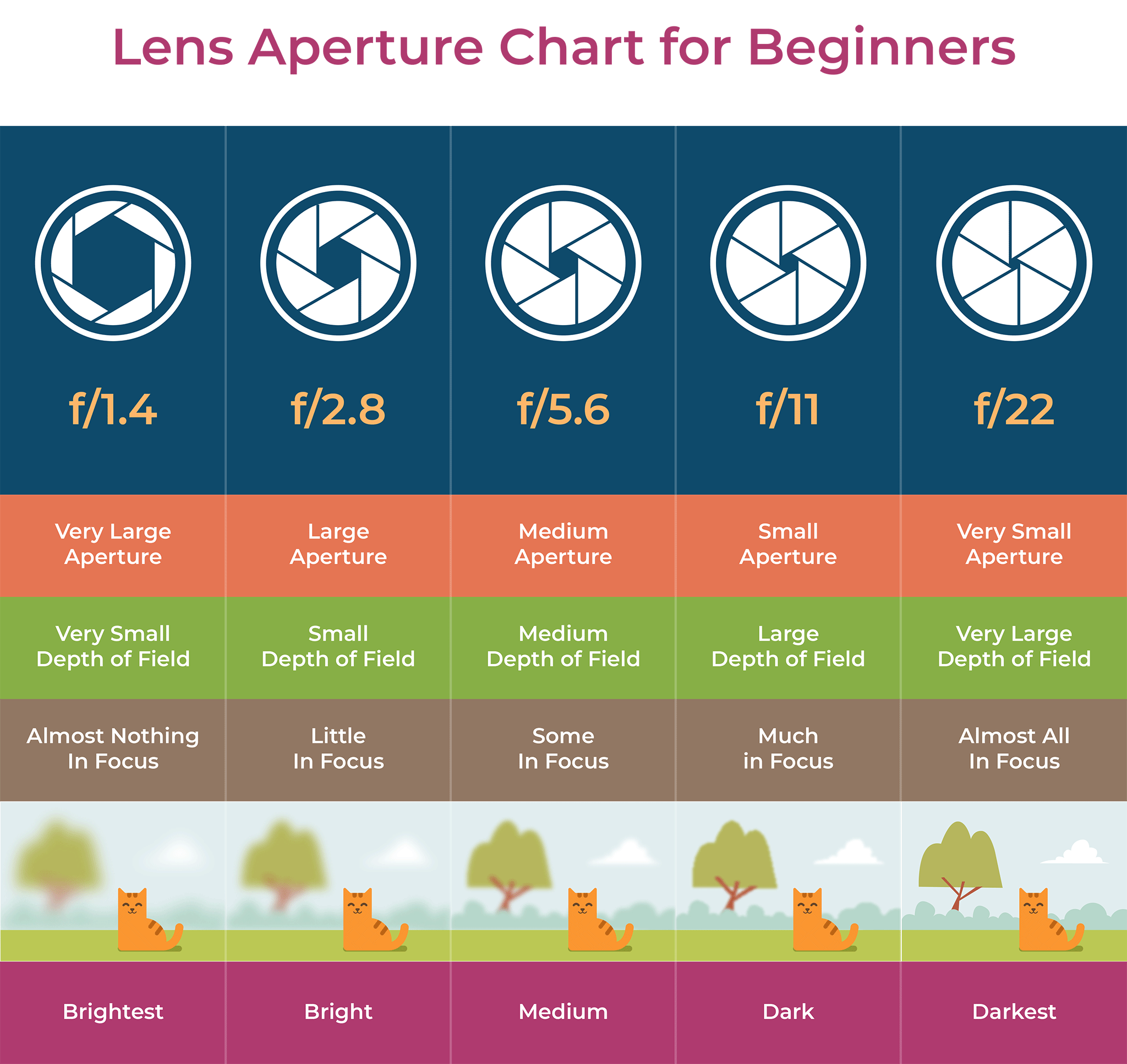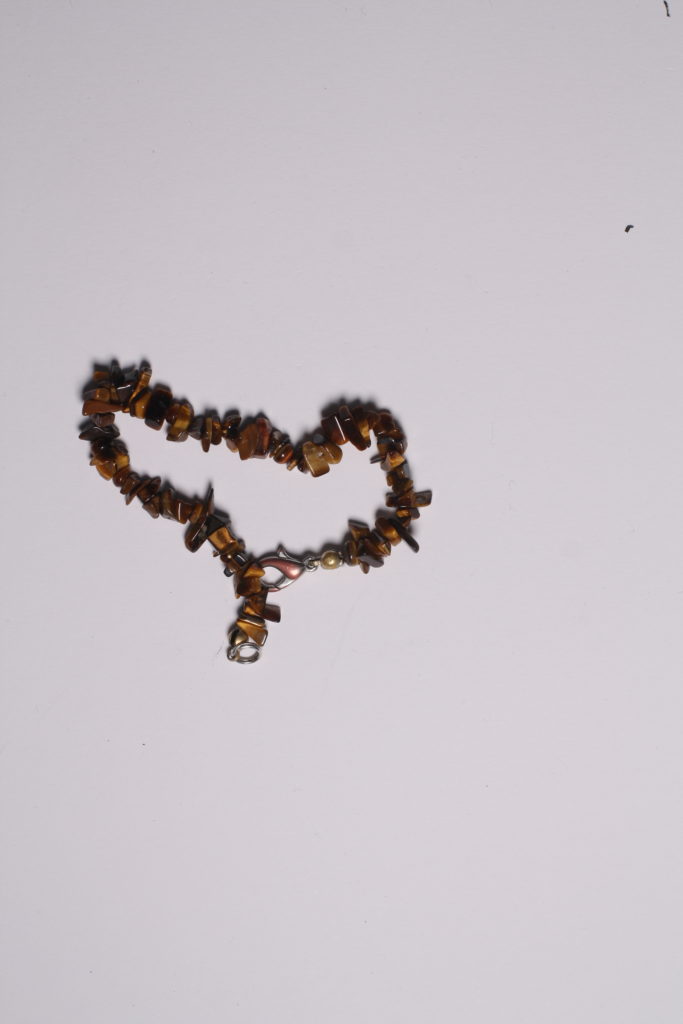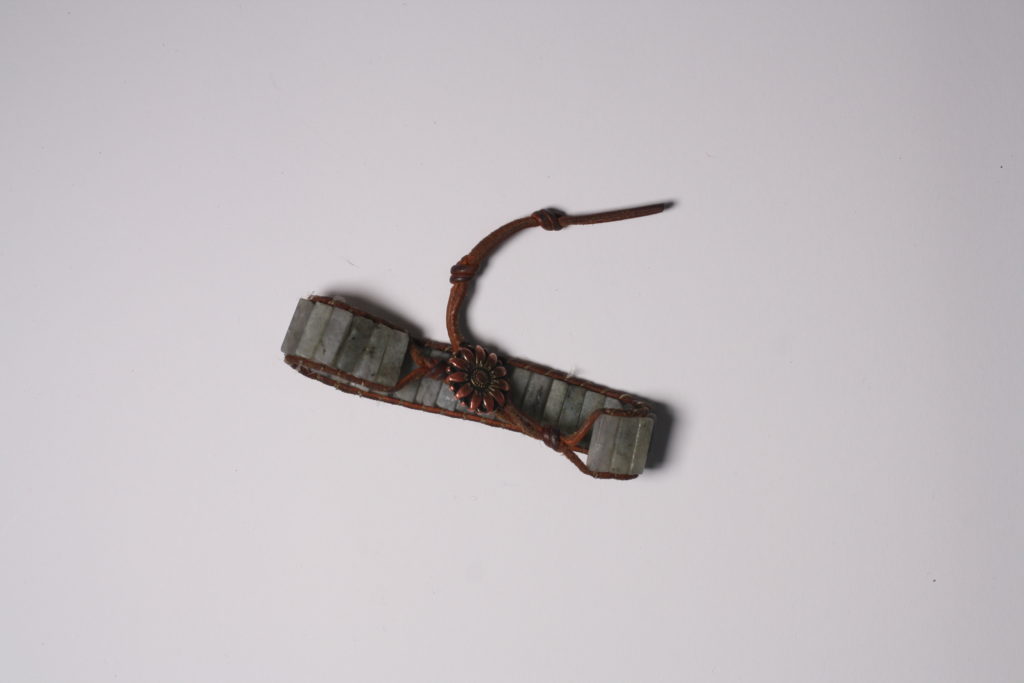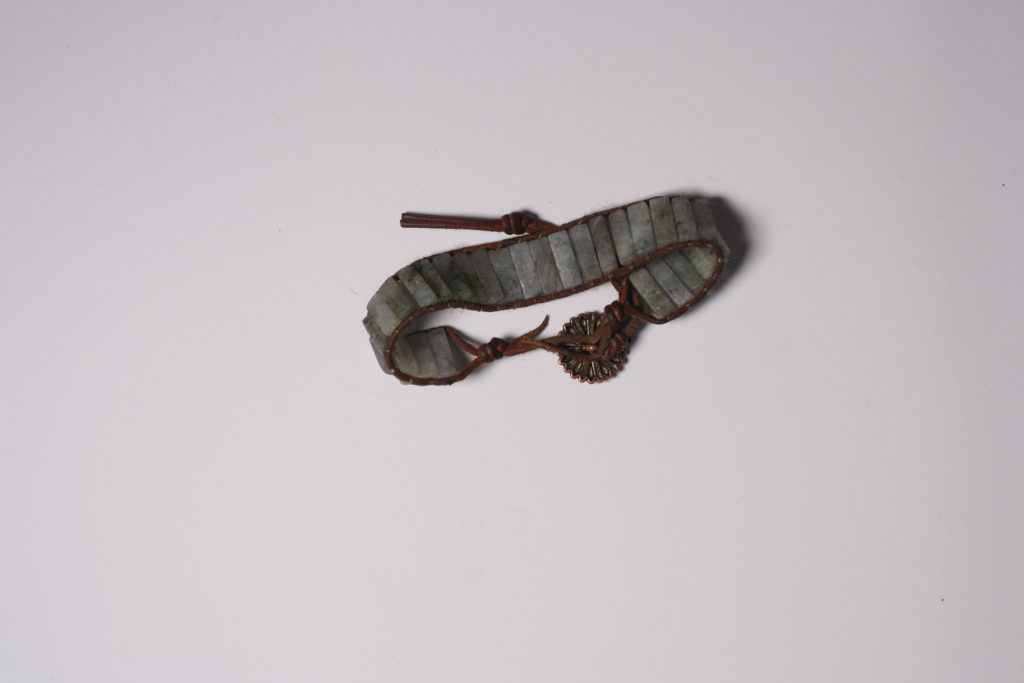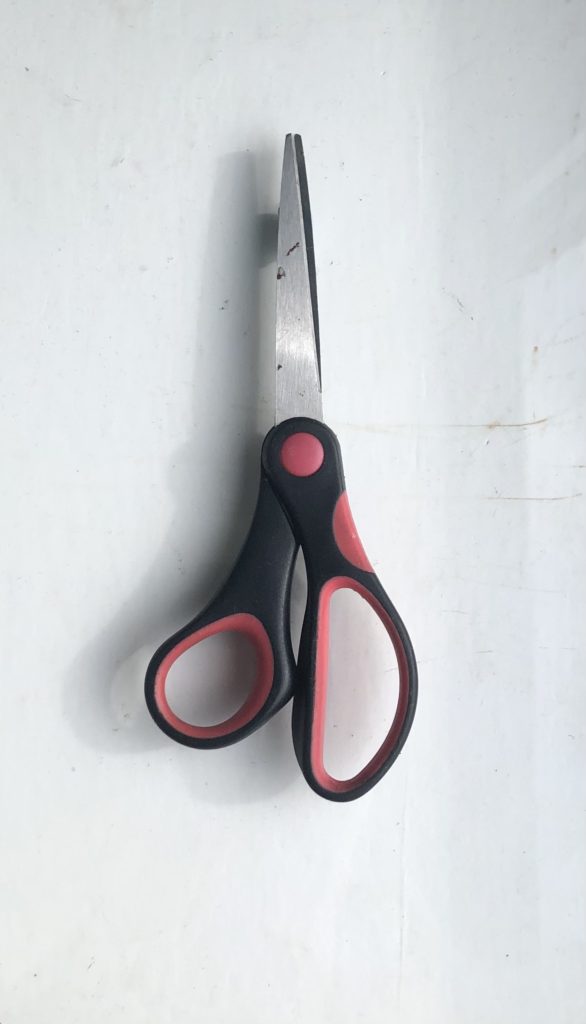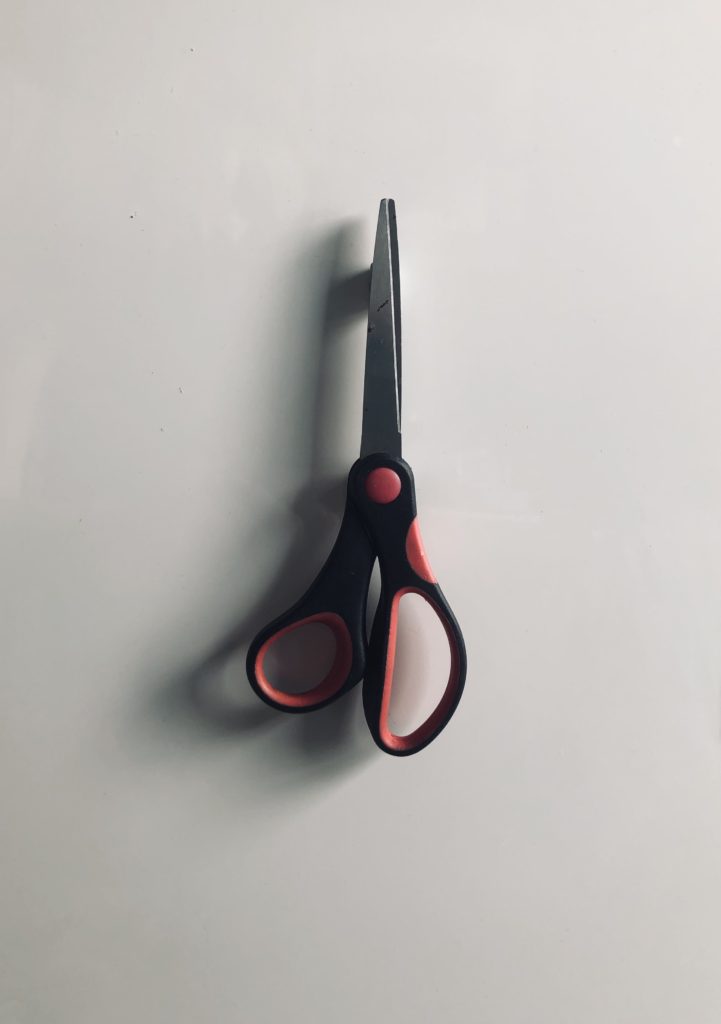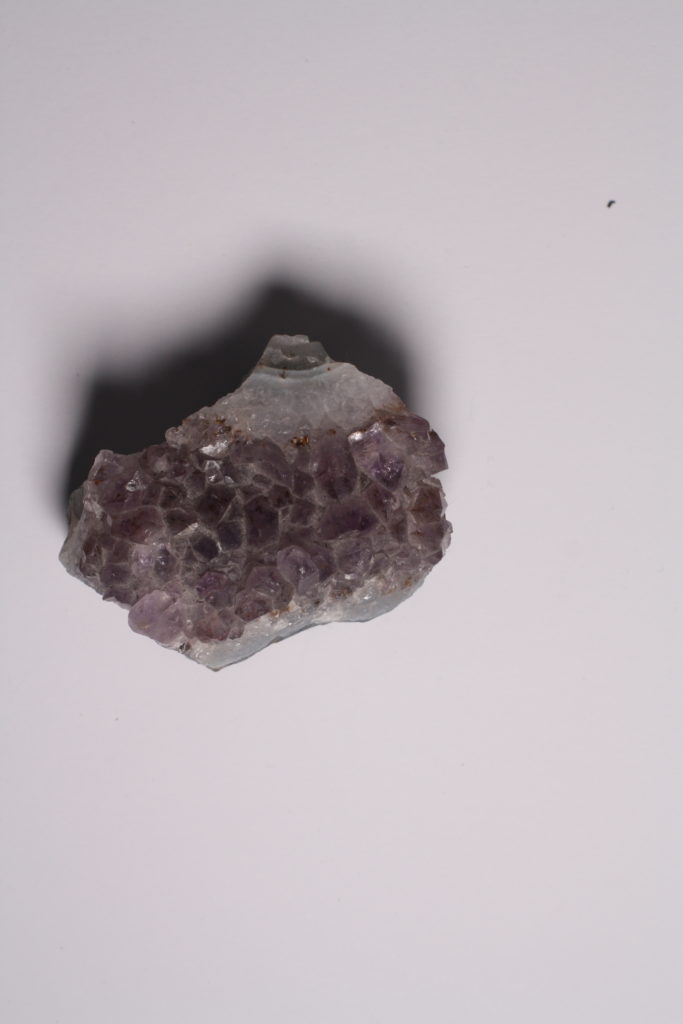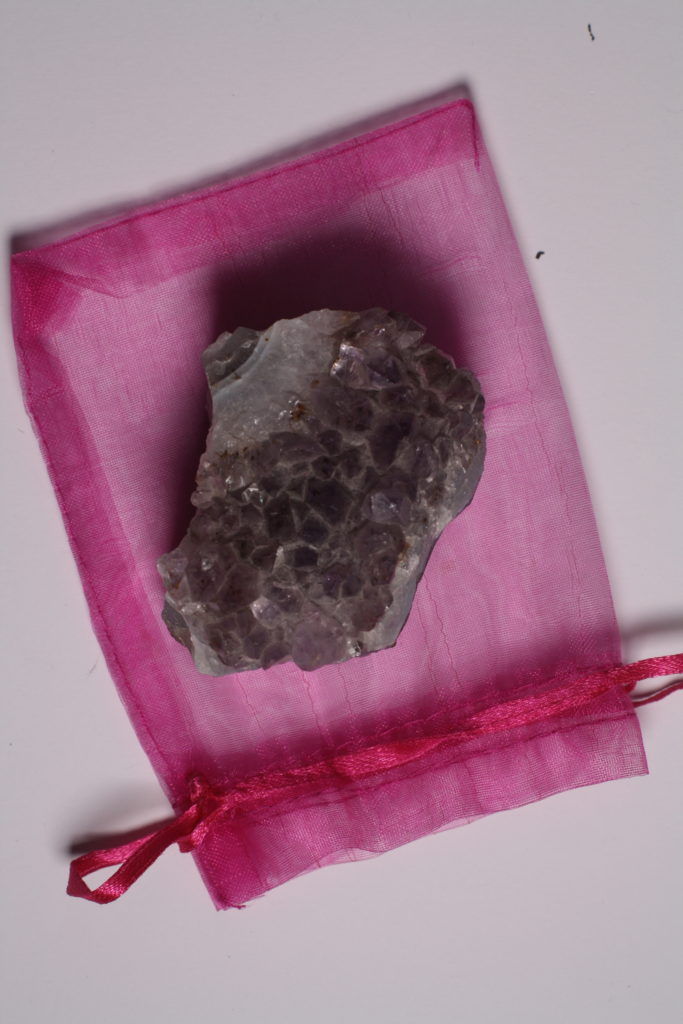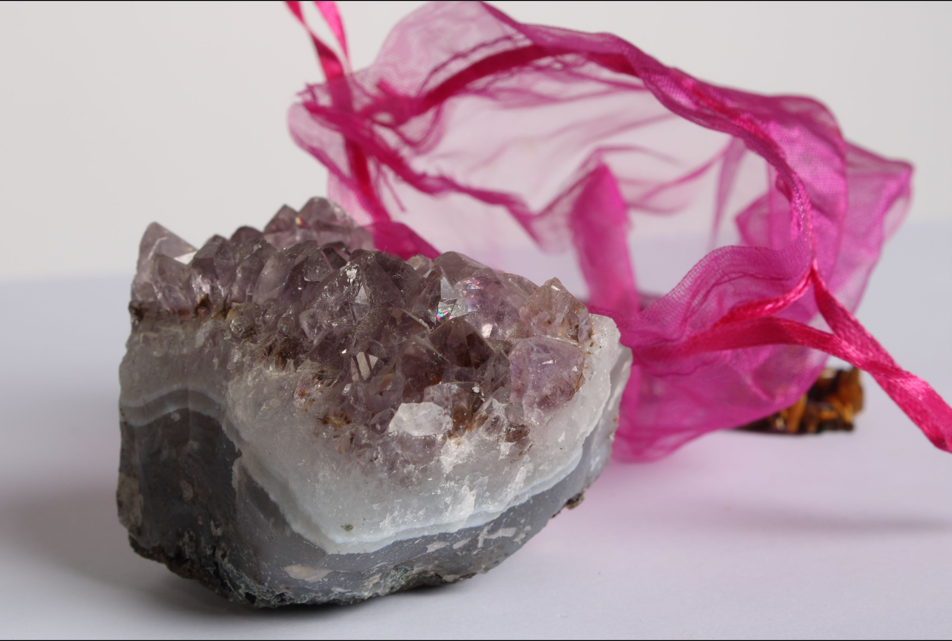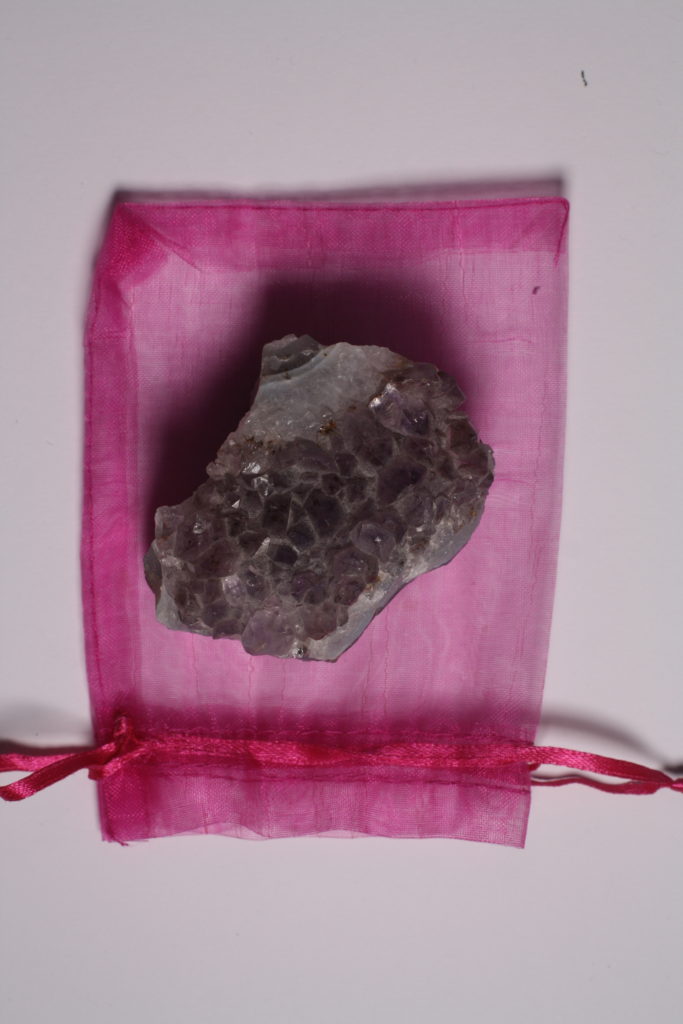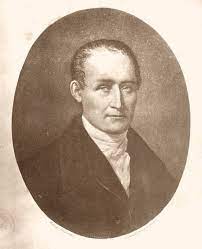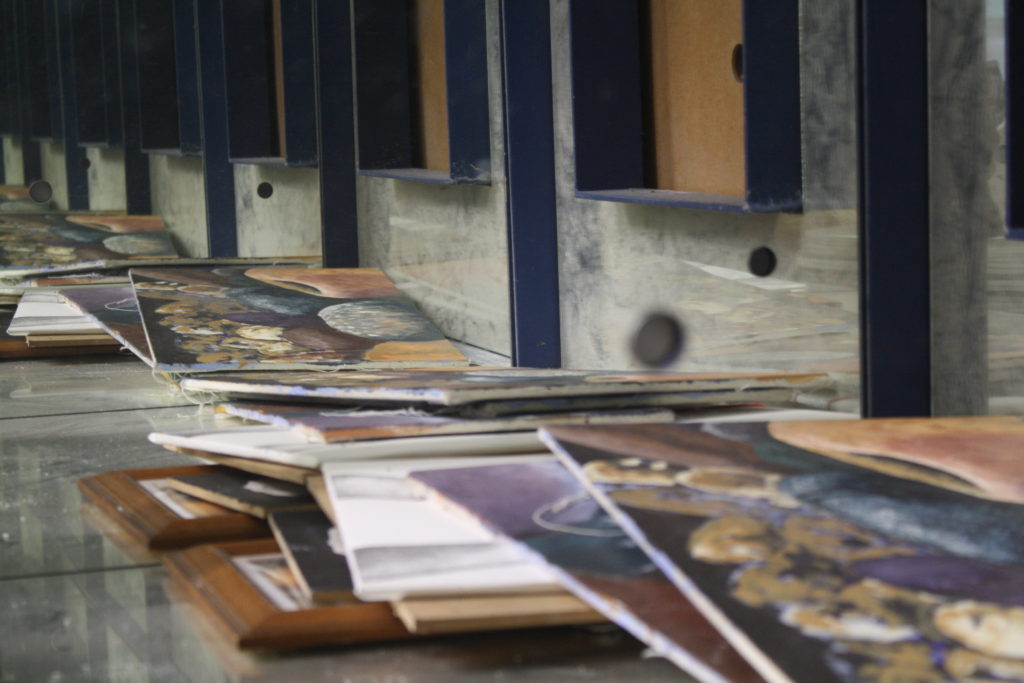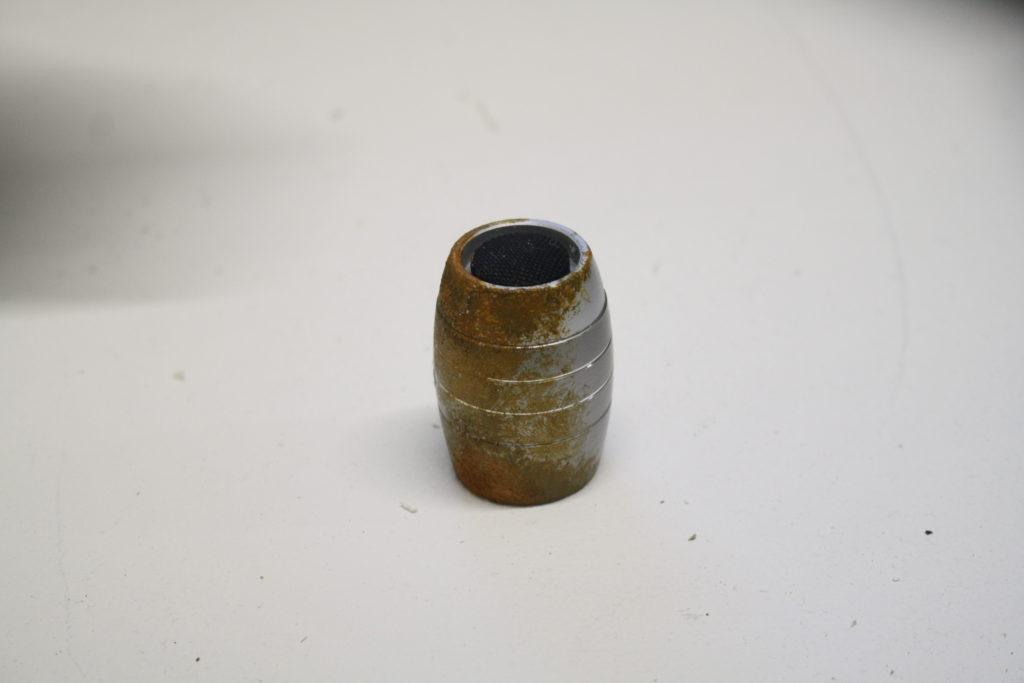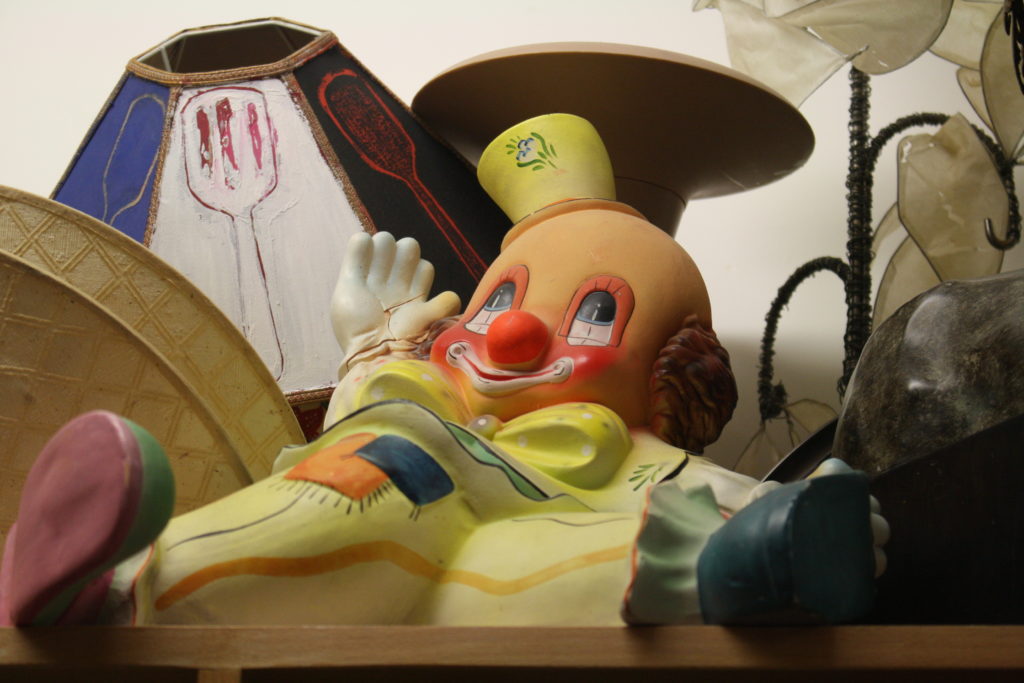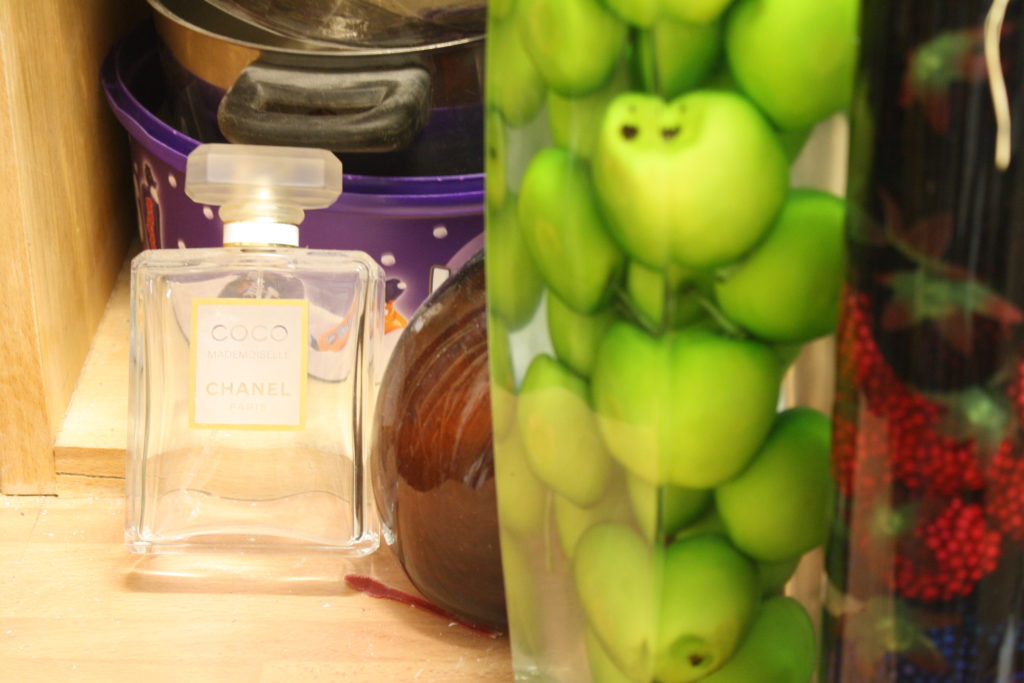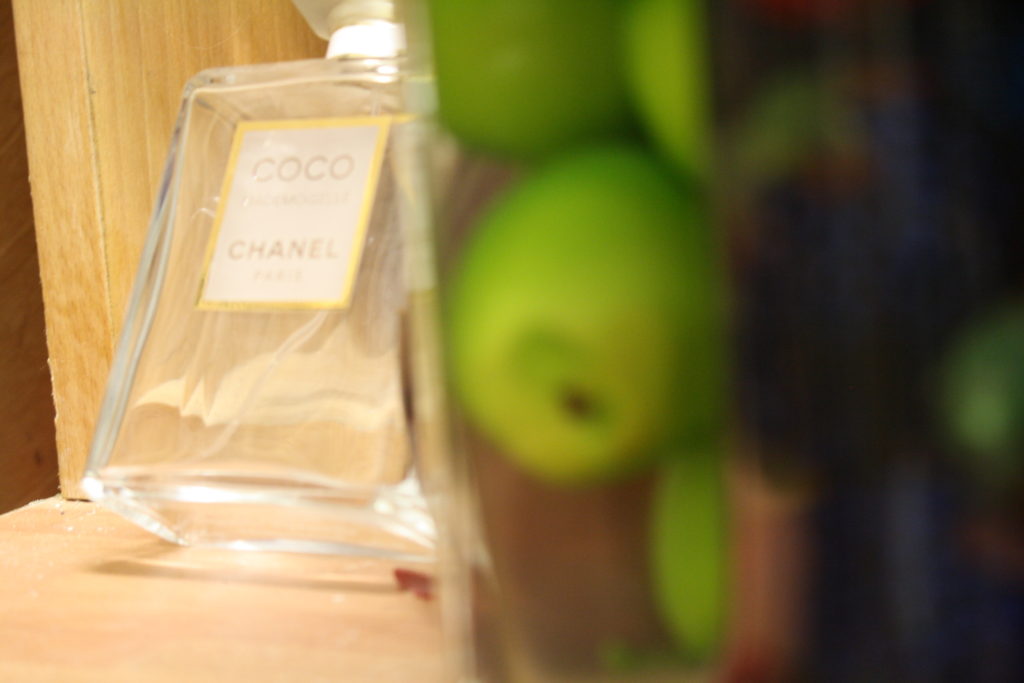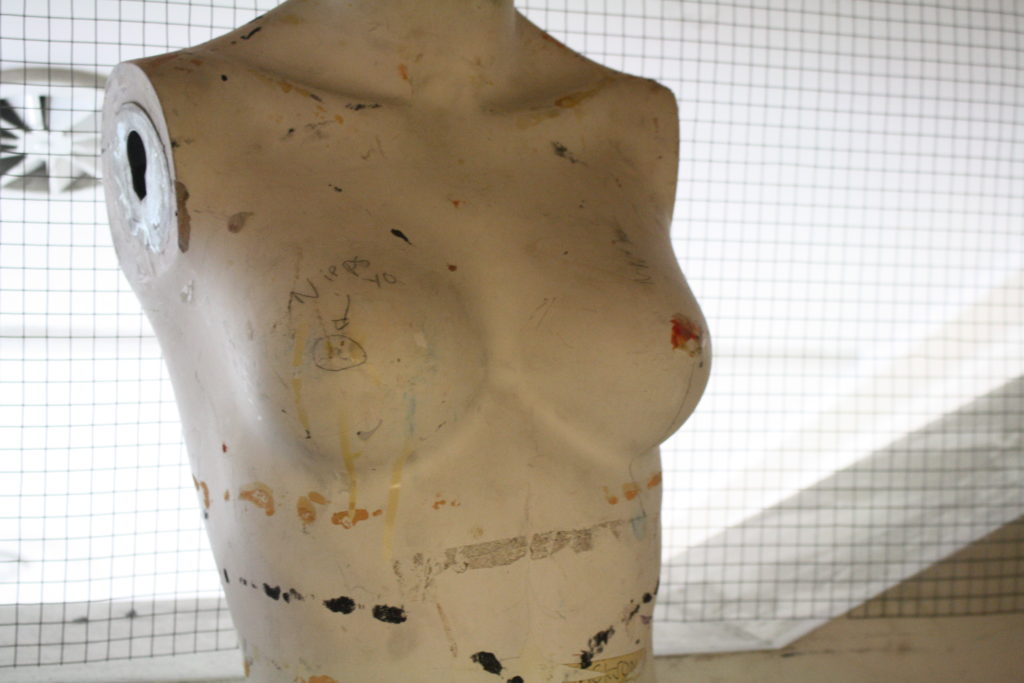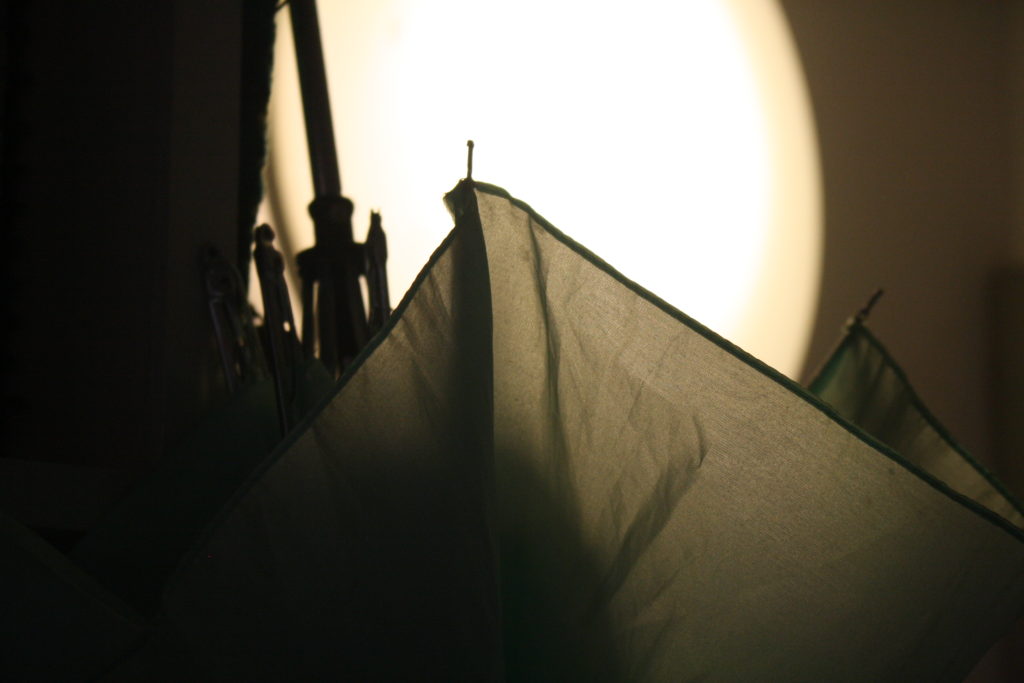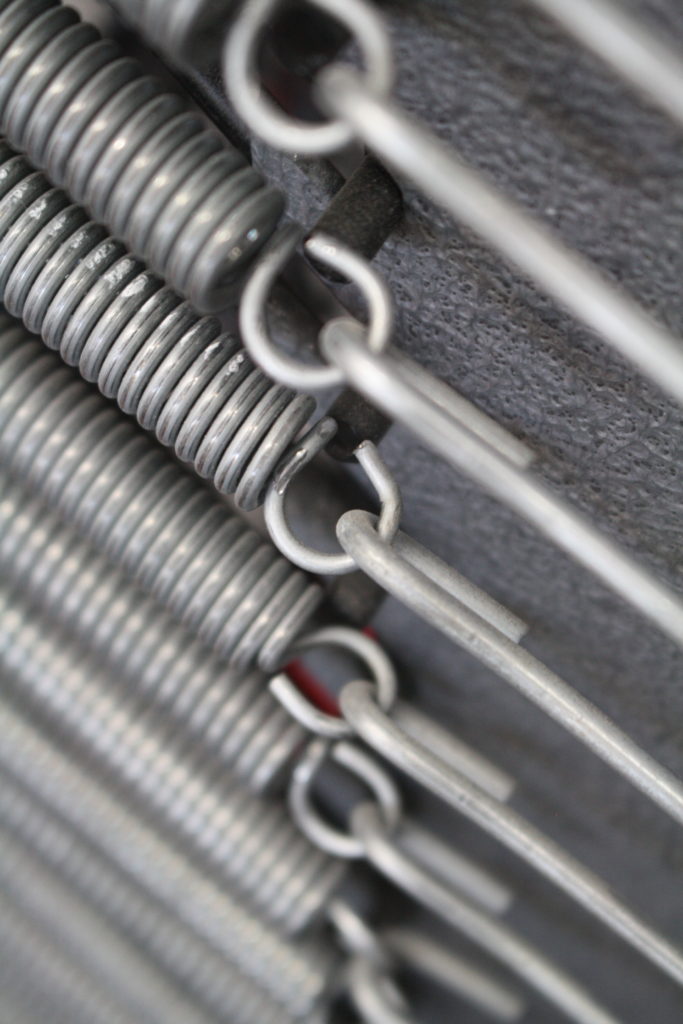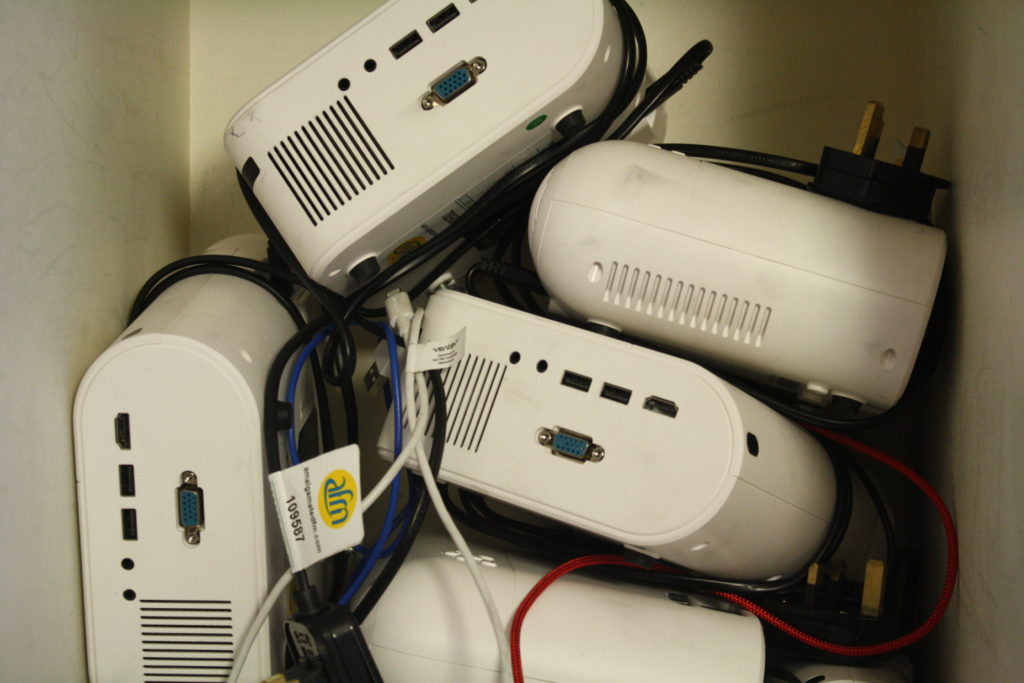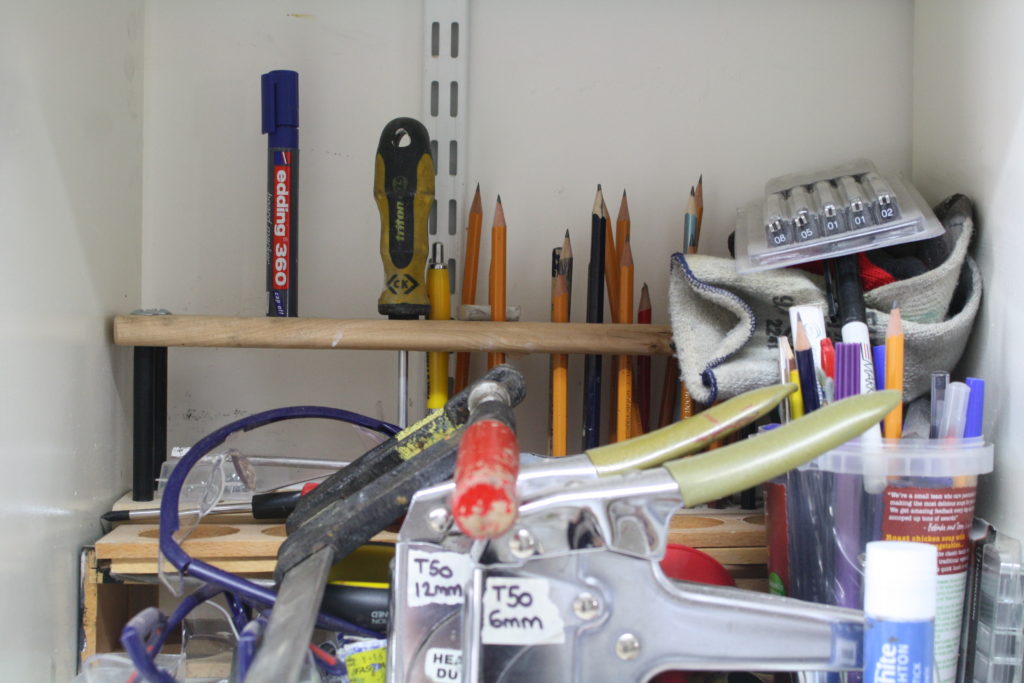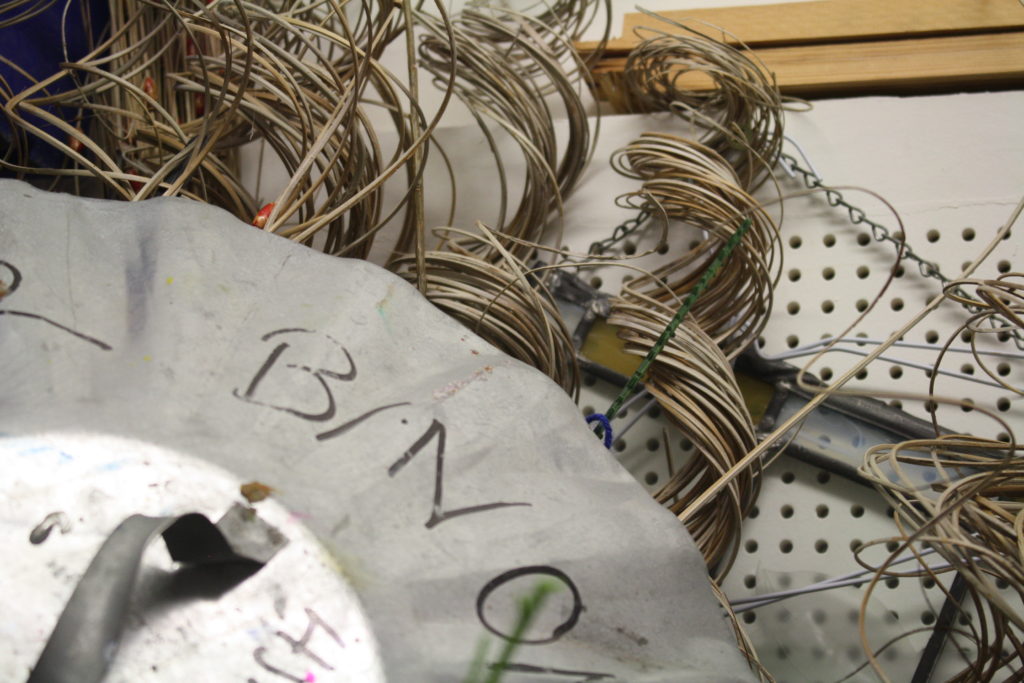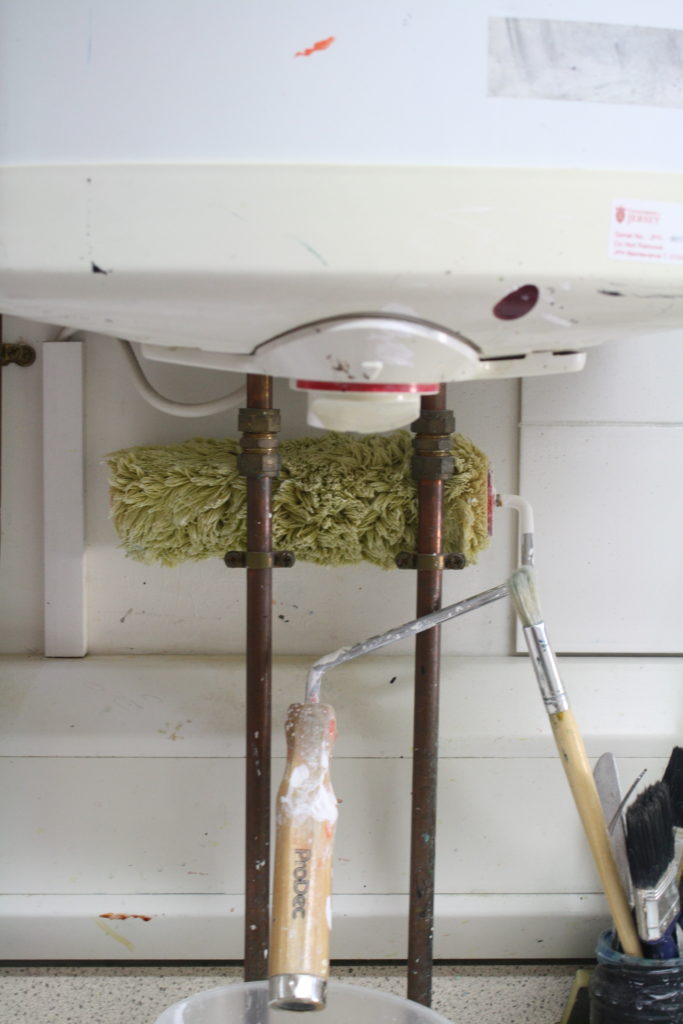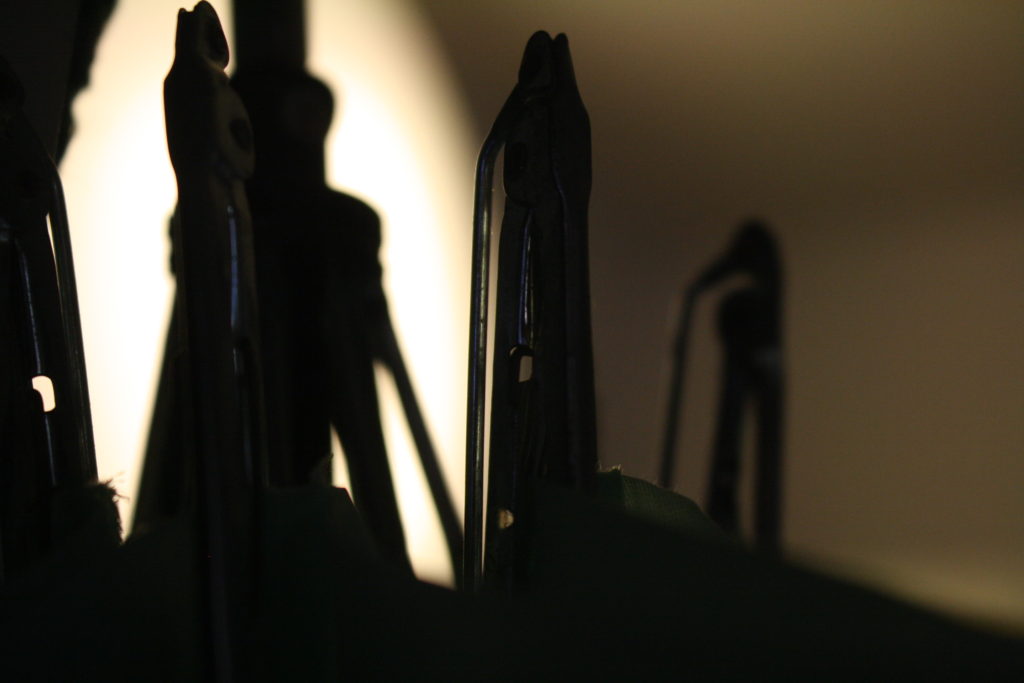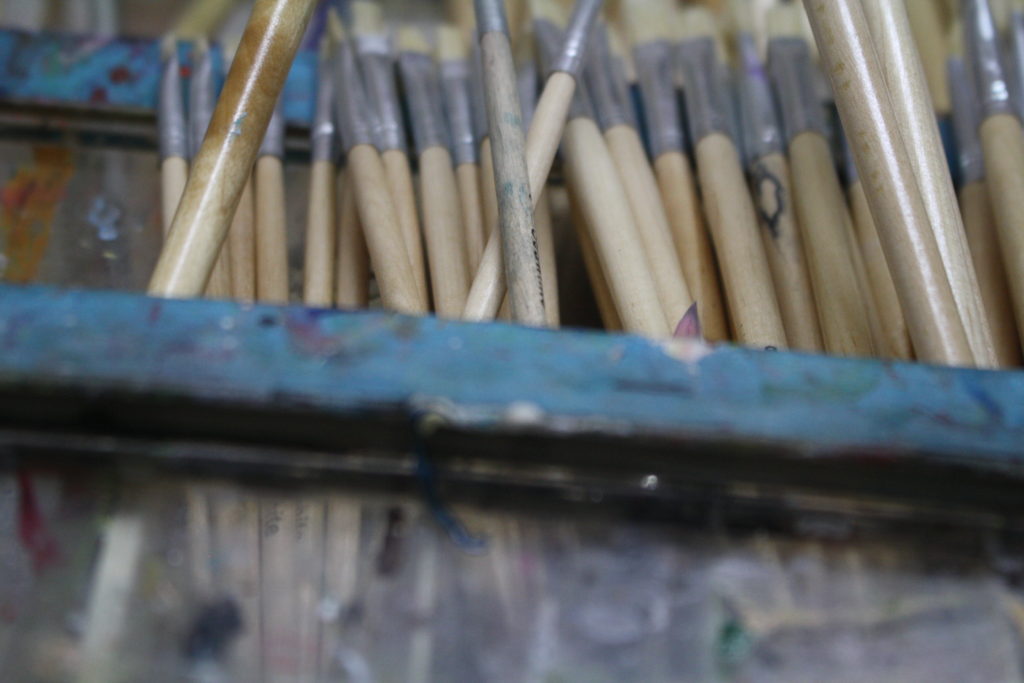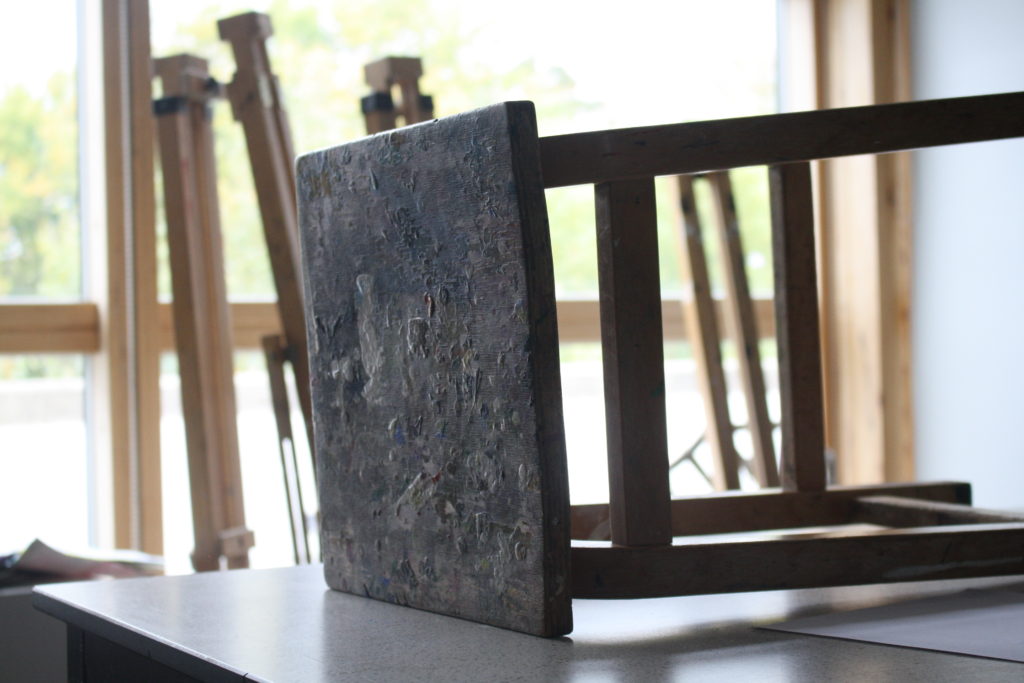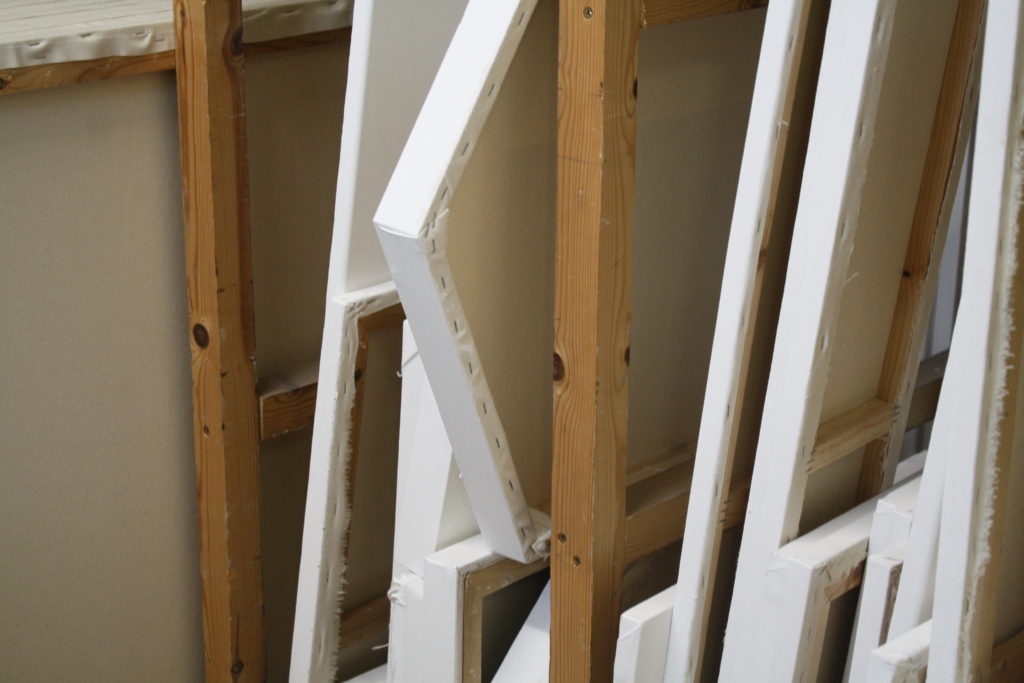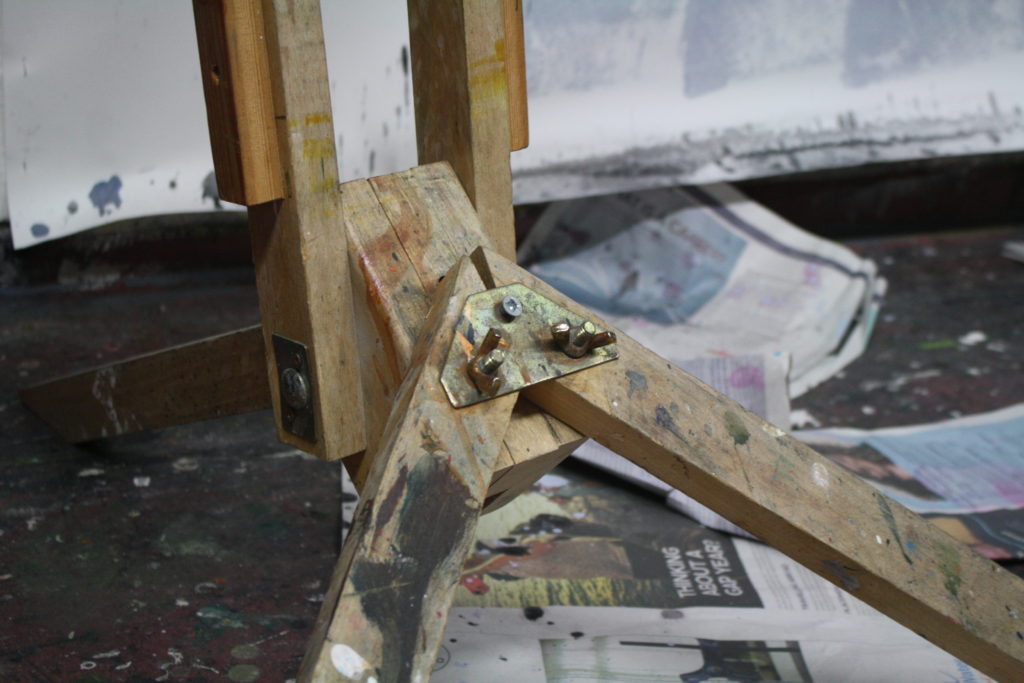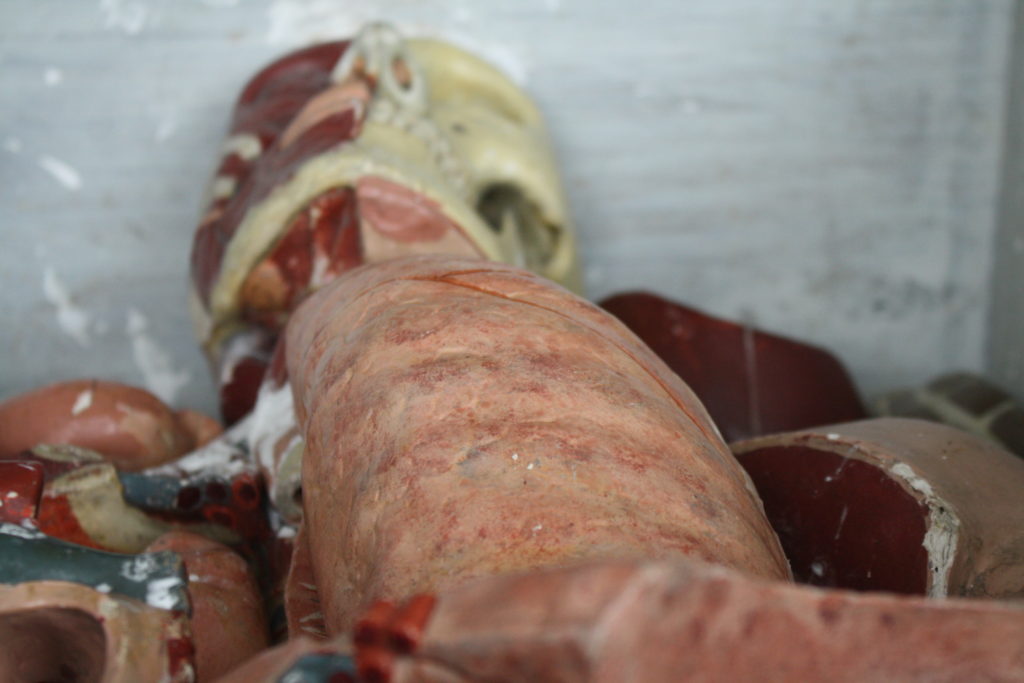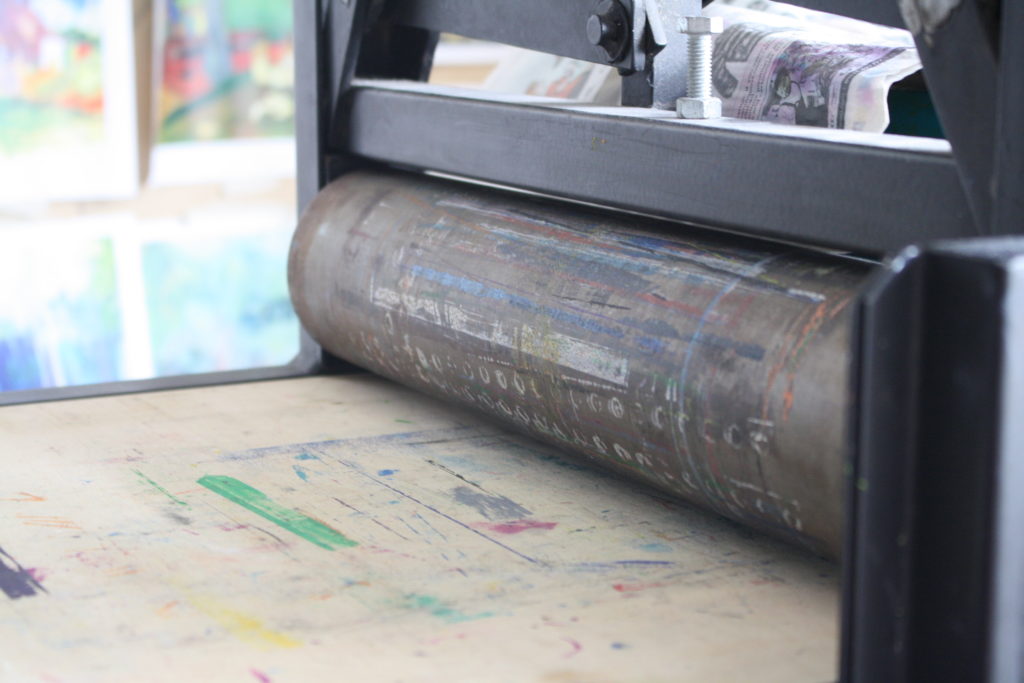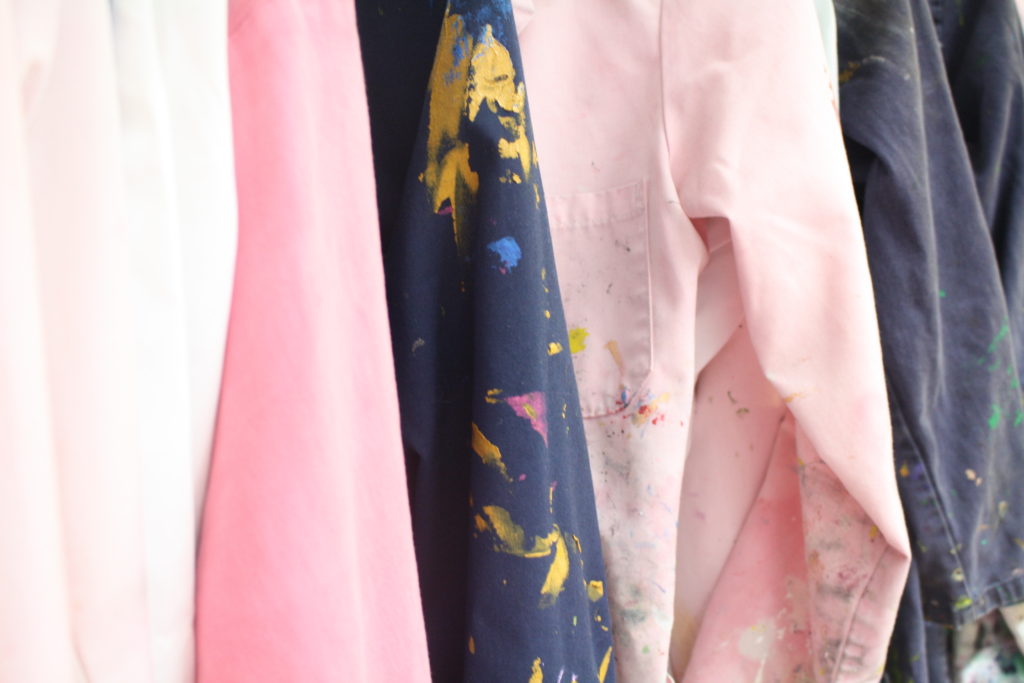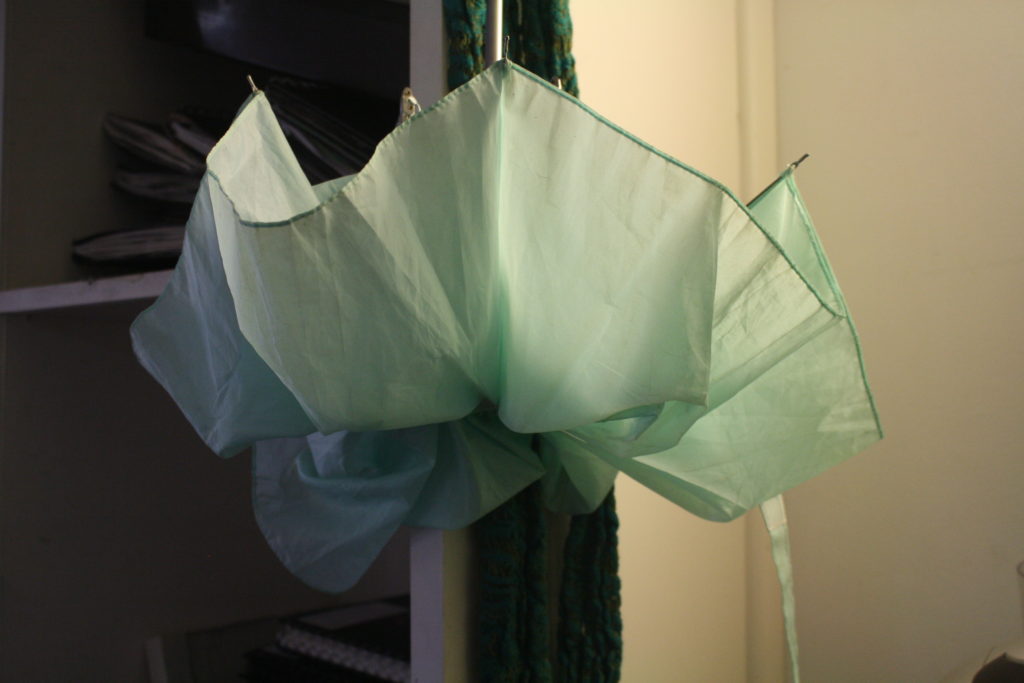These are some images I took of single objects before editing:
Single objects
Here we explored the idea of taking a photograph of a single object:
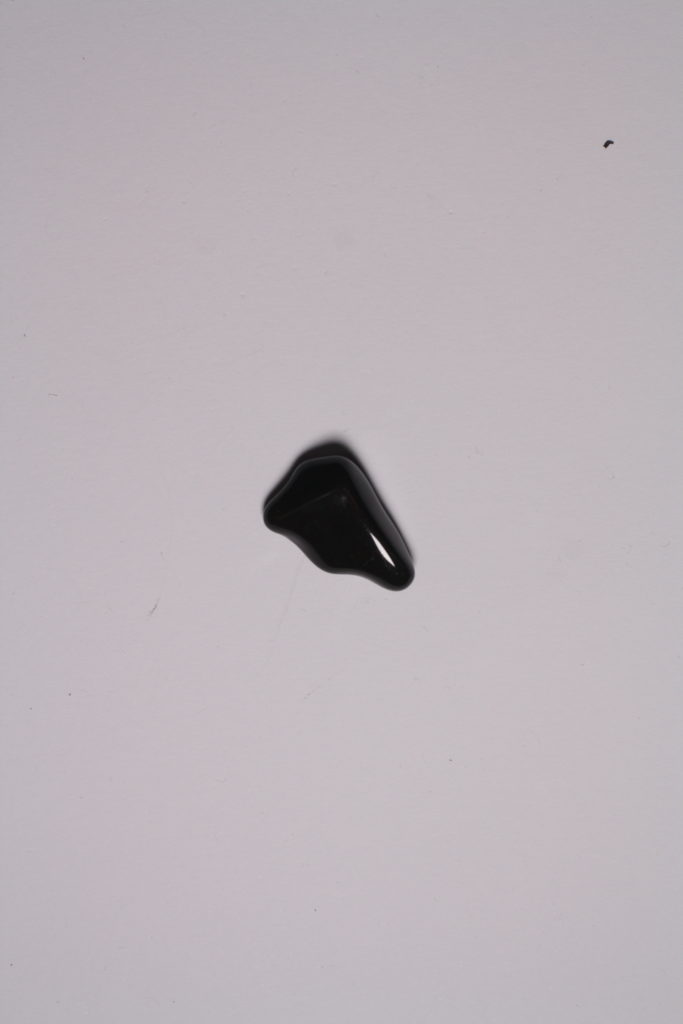
there is a deeper meaning behind the concept of taking images of single or grouped objects. This is that it shows the simplicity of the object. It shows the object itself without meaning, except the meaning you give it.
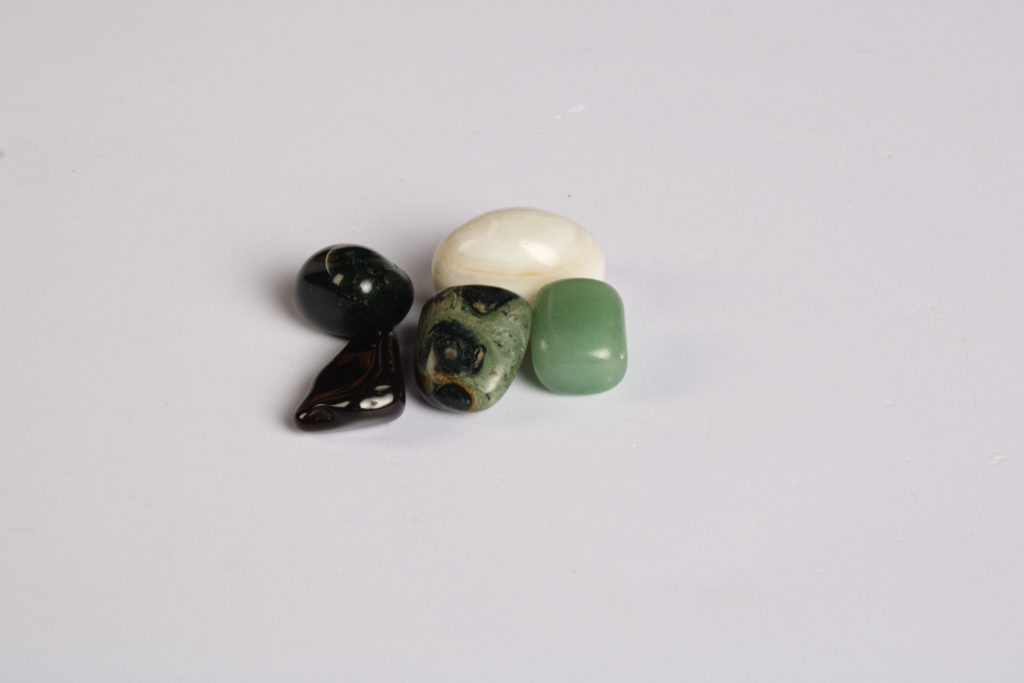
For example the images I took of these crystals, shows purely the object itself without editing, or intention behind the image besides the simplicity of them.
I find this technique quite interesting, as it isn’t common where you see someone not put a meaning or a story to something. And this method shows how naked things truly are.
An example of this is in these two pictures. The first one shows specific placements of objects, and seems to be able to create an instant meaning towards it from the viewer, like a beach type vibe. Whereas the second image is very simplistic, with one object (or 2) in frame.
Although this type of technique doesn’t always create a bland image without any story or meaning. The concept aims to show the object itself, simple, and plain.
still life final images
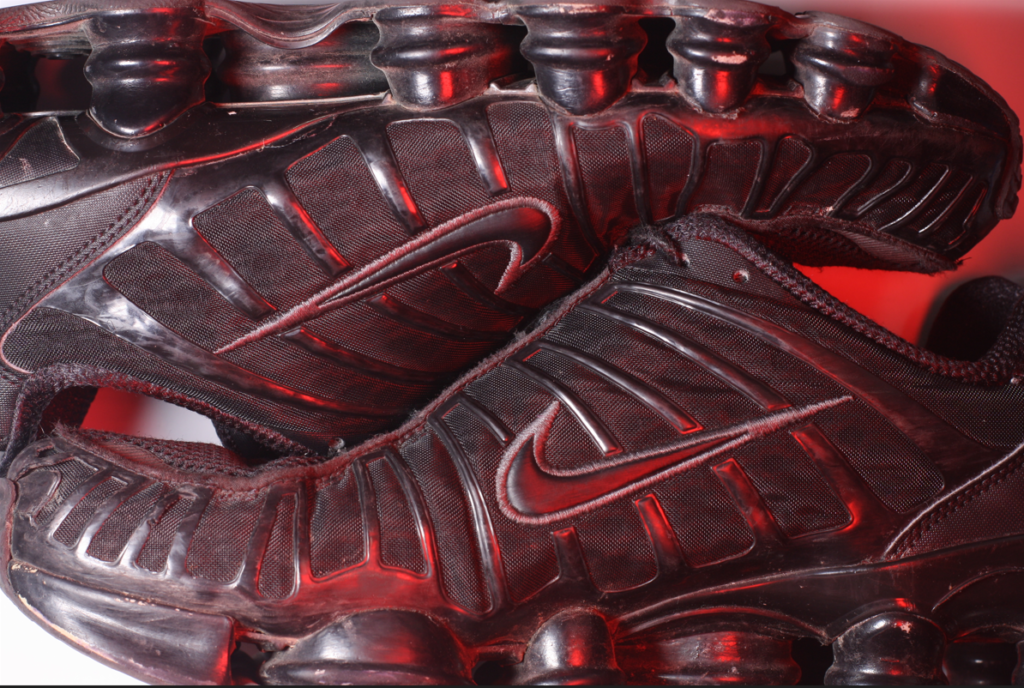
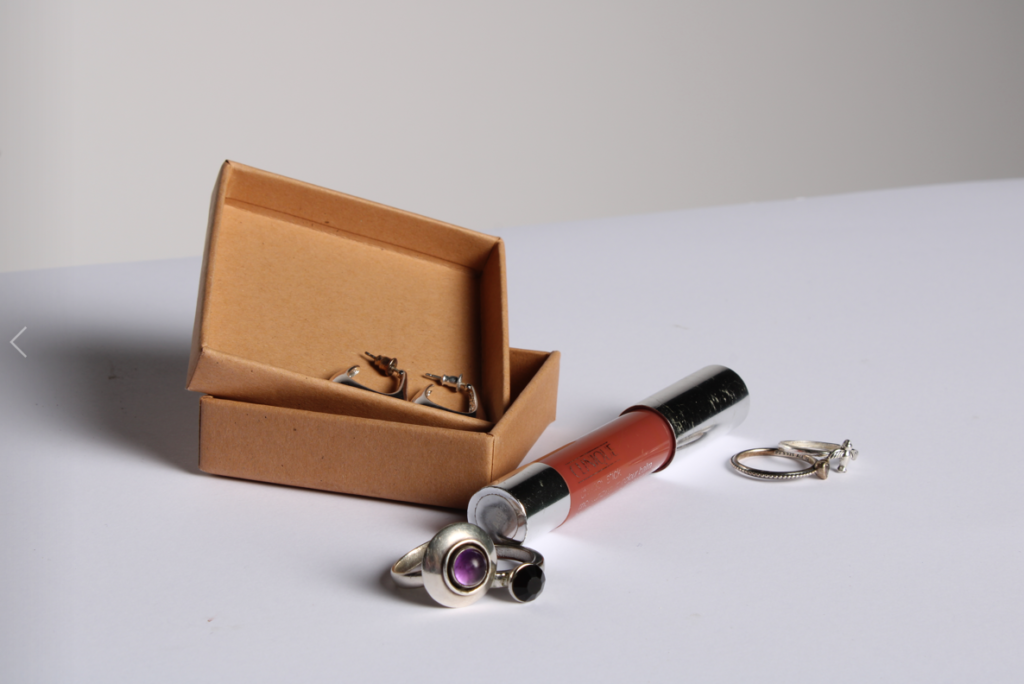
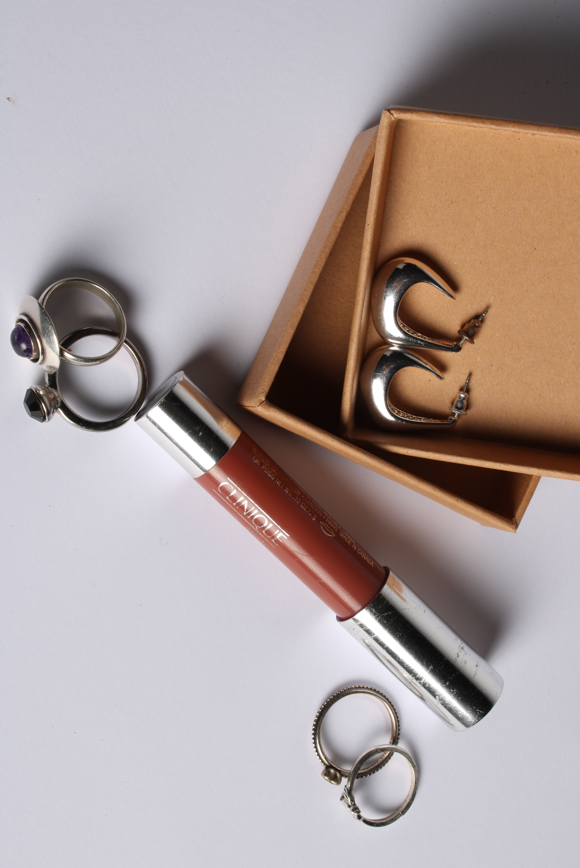
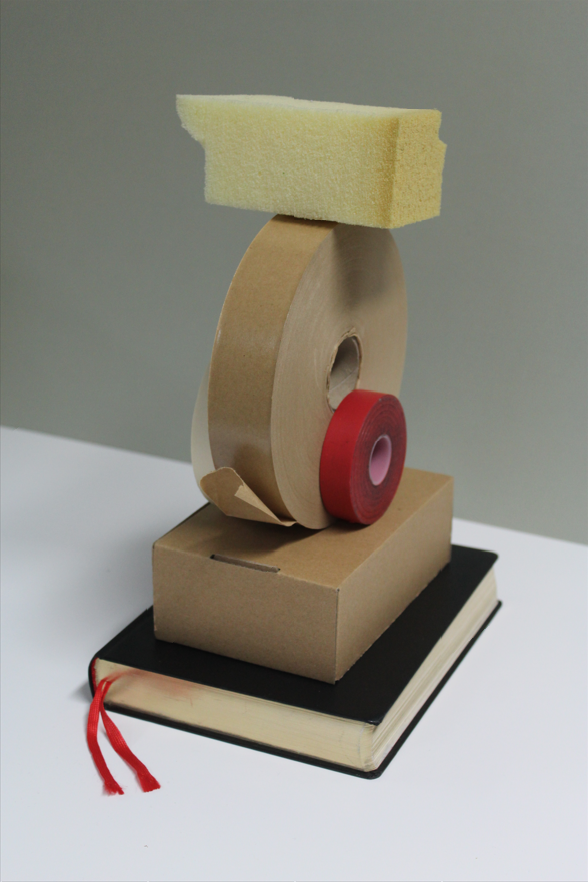
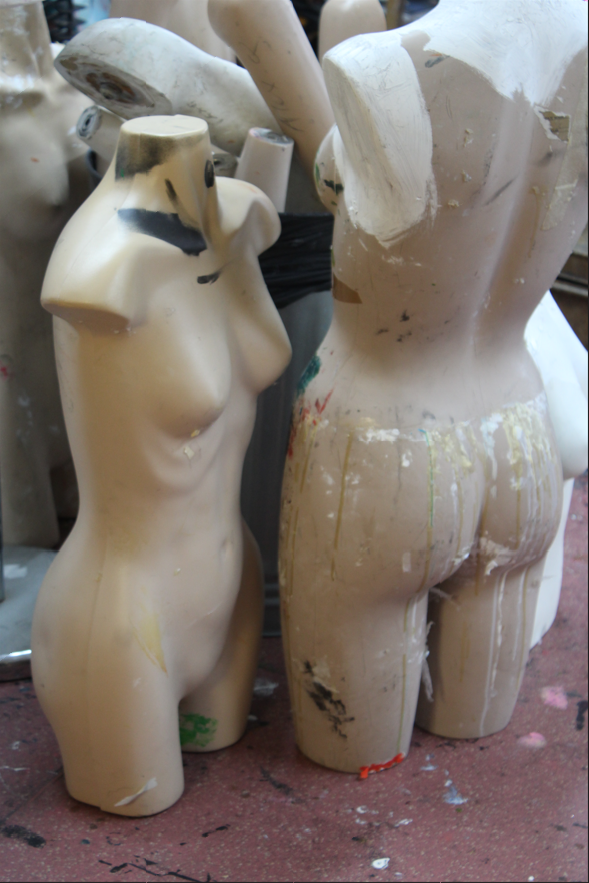
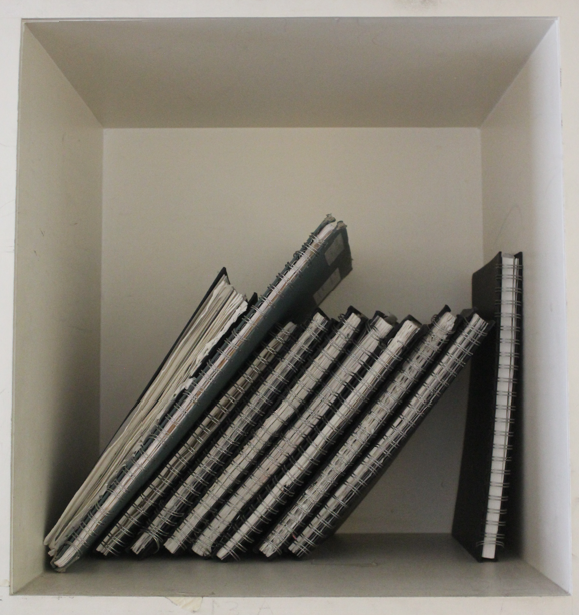
single object photo shoot
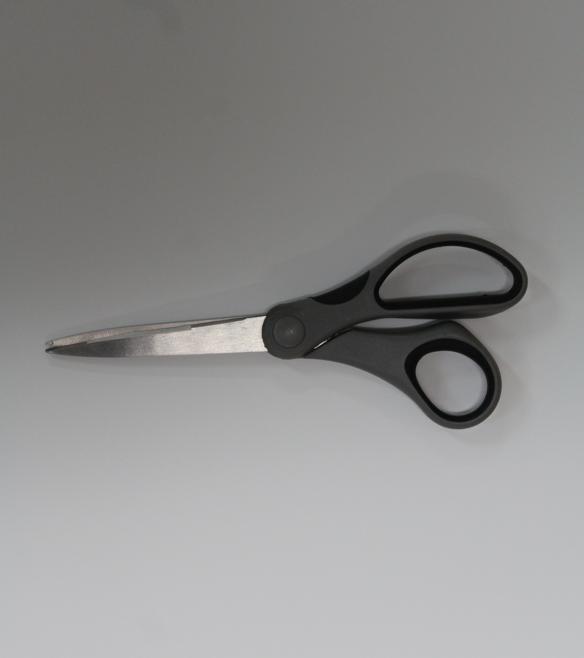
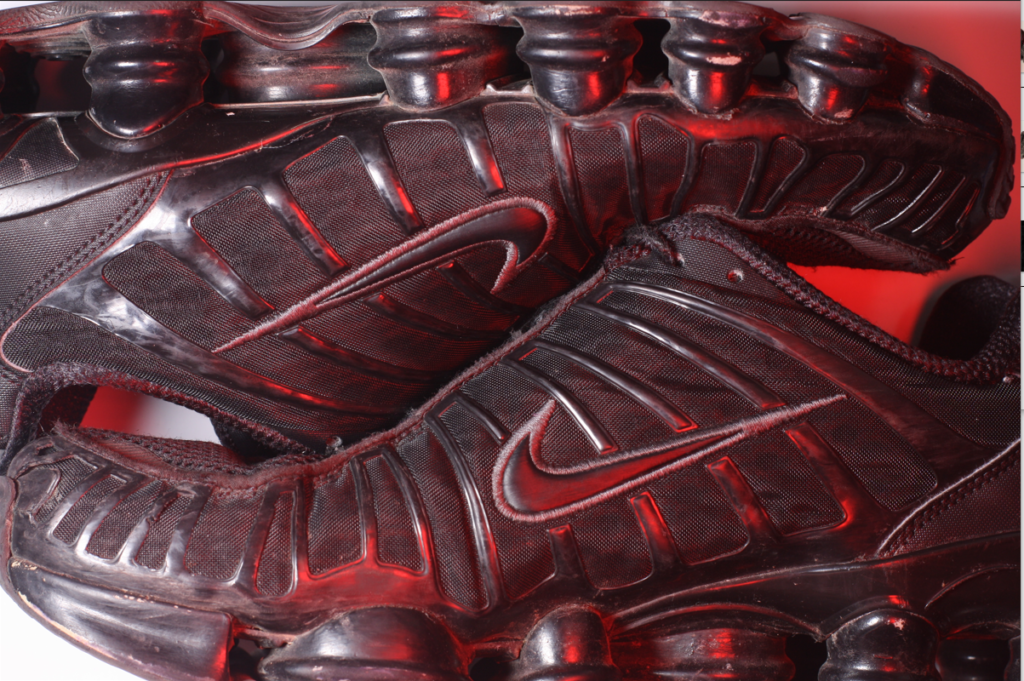
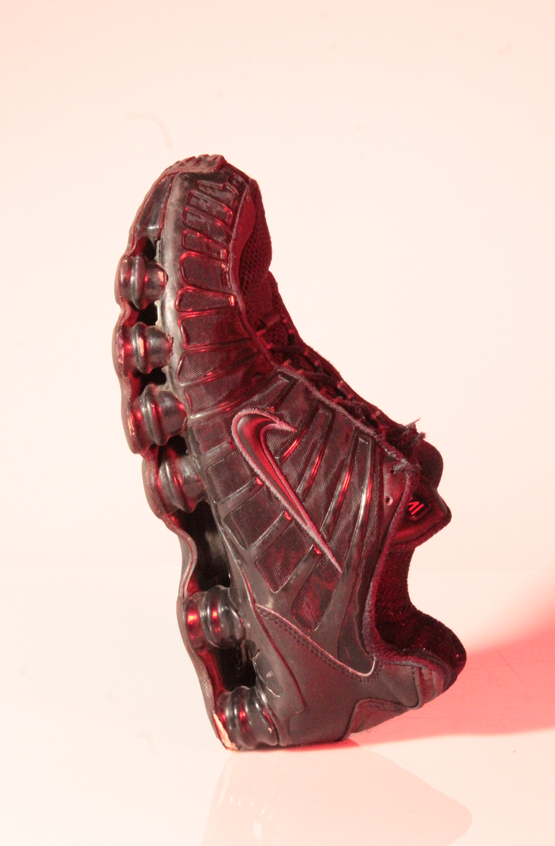
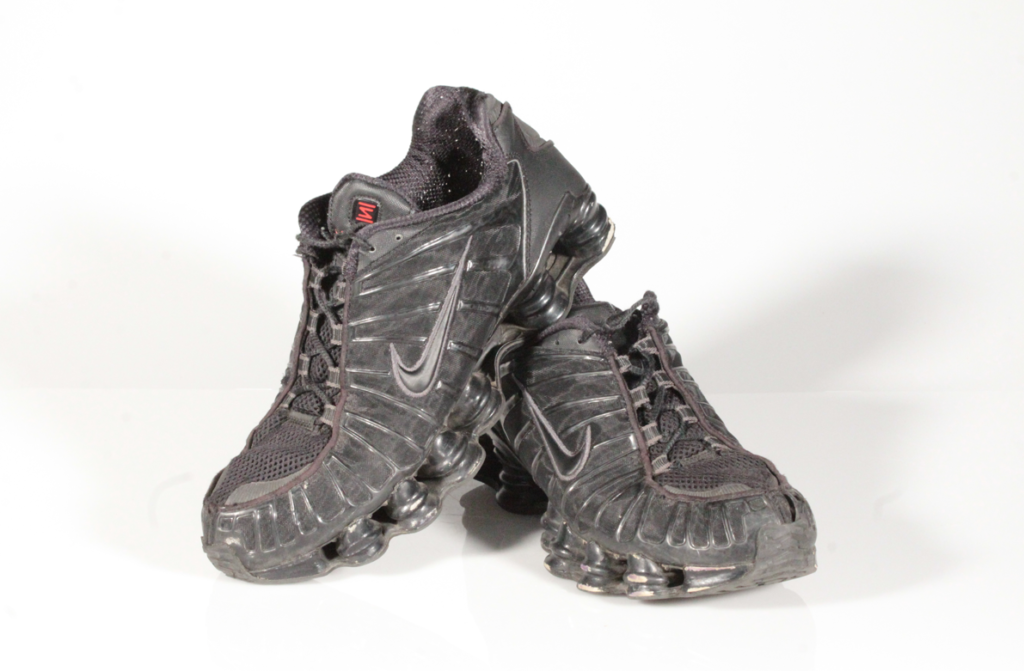
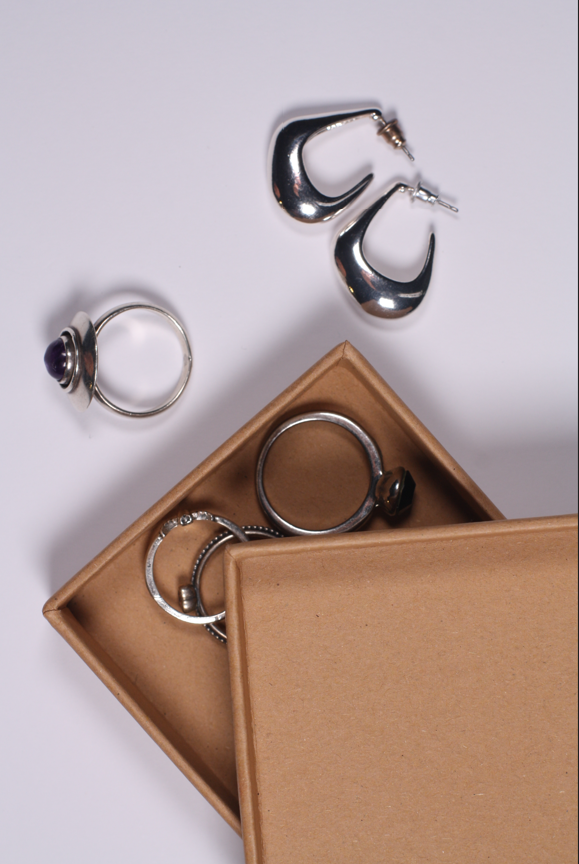
what is photography
photography is basically capturing light with a camera, the word photography means “drawing with light”. Which derives from the Greek photo, meaning light and graph, meaning to draw. Photography is the art application, and practice of creating durable images by recording light, either electronically (image sensor) chemically (light-sensitive material such as photographic film).
Photography isn’t only used to present photos but to express the different feelings that the photographer has captured.
The first permanent photograph was captured in France 1826 when Joseph Nicéphore Niépce took a photo outside his window which shows the roof of a building lit by the sun.
LEAP INTO THE VOID 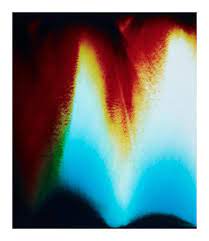
THE DAY NOBODY DIED
‘photographs confuse as much as fascinate, conceal as much as reveal, distract as much as compel. They are unpredictable communicators.’
still life edits
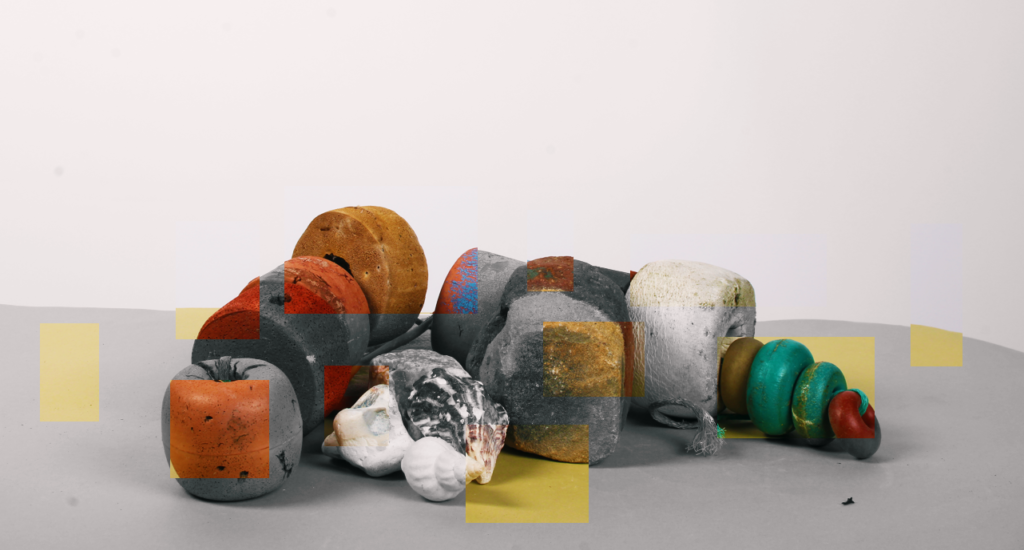
In this image I used two of the same photo and layered them on top of each other. One image being black and white and one being coloured. I then cut out random parts of the photo to show the coloured layer underneath.
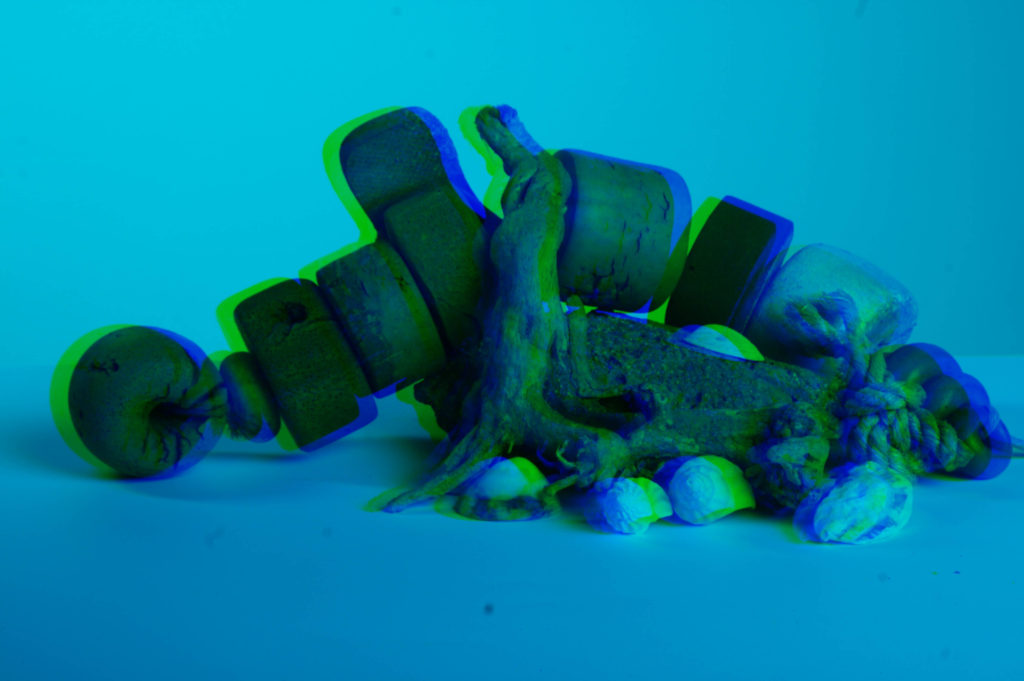
For this photo I layered two of the same image on top of each other, then added more blue and green tones to the photo which created a glitch effect.
mounting images
With my final images i have mounted them to be able to present them in two different ways, the first way i mounted one of my images was by using foam board mounting, after my image was printed out i used a spray glue on the back of the photo and stuck it to foam board, after that i used a metal ruler and a stanly knife to cut the image out.
The second way i mounted my photo was creating a window mount i created this by measuring the photo and cardboard, to create precise measurements so the photo would fit perfectly within the window mount, after i worked out the measurements i began cutting the frame i used a bevel cutter to create a cut on a 45 degrees angle, once all 4 side where cut i taped the image in place.
artrooms photoshoot
found objects-
New Objectivity
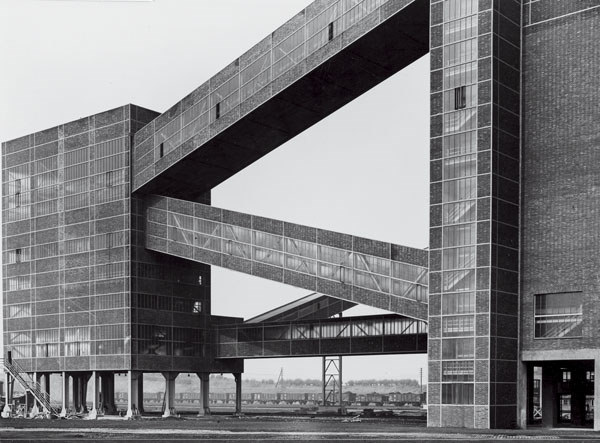
New objectivity, which is a translation of the phrase “Neue Sachlichkeit,” is a photography movement that began during the 1920s, bearing an attitude that focused more on the raw reality of everyday objects mixed with the formal elements of photography, while rejecting sentimentalism and idealism.

Albert Renger-Patzsch, a photographer that used new objectivity a lot, published a book, a novel concentrated particularly on specific subjects, such as wildlife, traditional craftsmen, mechanical equipment, landscapes, and architectural studies, displaying 100 of his photos based on his ideas of the New Objectivity, stating,
“There must be an increase in the joy one takes in an object, and the photographer should be fully conscious of the splendid fidelity of reproduction made possible by this technique”
Other photographers with similar interests in photography, particularly Objectivity photographers, such as Karl Blossfeldt. Their work shows similar qualities with Albert Renger-Patzsch’s, such as the raw focus on the object and high detail.
Closer toward the modern day, Patzsch has now influenced many photographers, such as Martin Parr. All of their works tending to focus more on the reality of their subjects as opposed to something idealistic, but still managing to find the beauty in something totally ordinary.
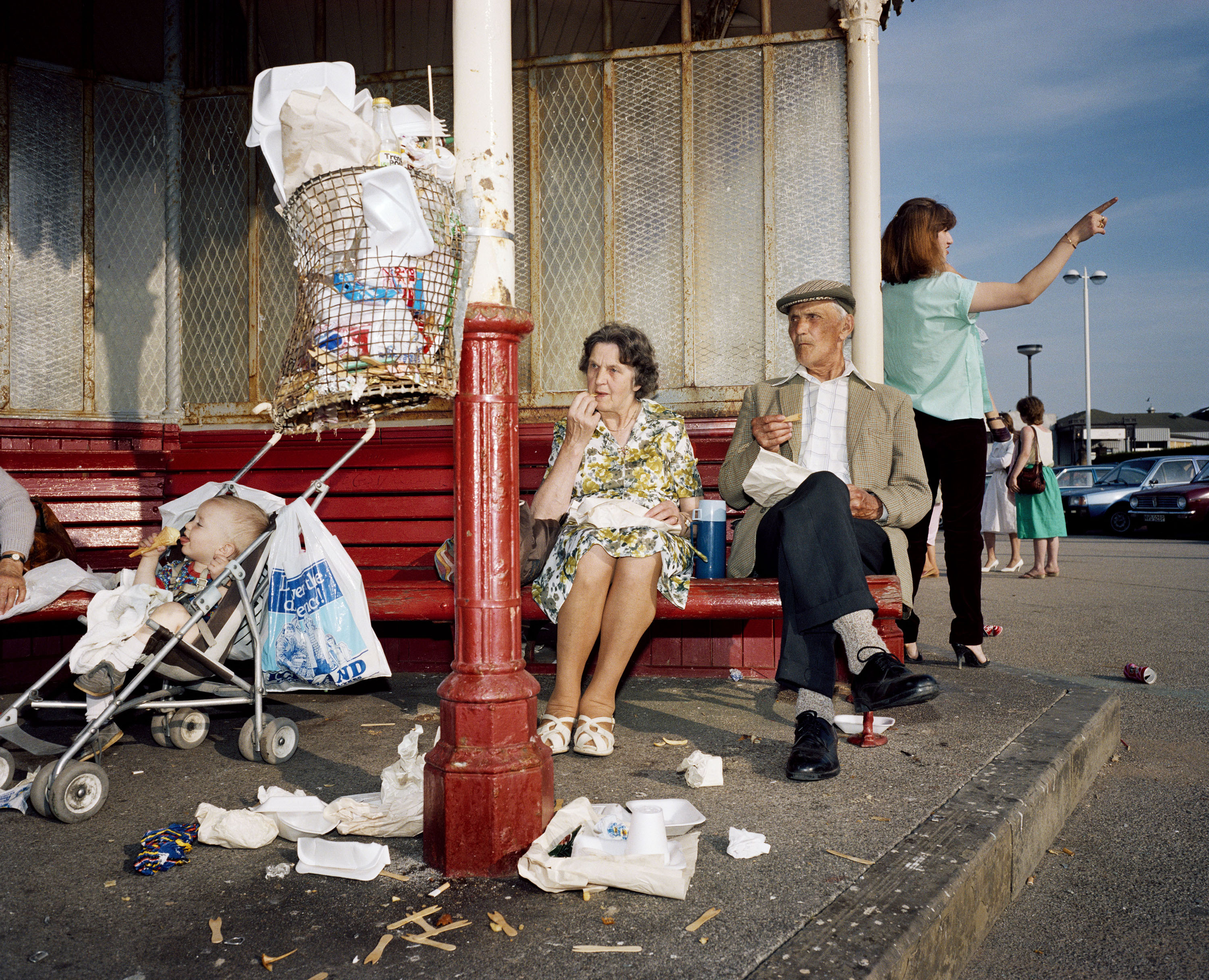
aperture
An aperture is a hole or an opening through which light travels. More specifically, the aperture and focal length of an optical system determine the cone angle of a bundle of rays that come to a focus in the image plane.
